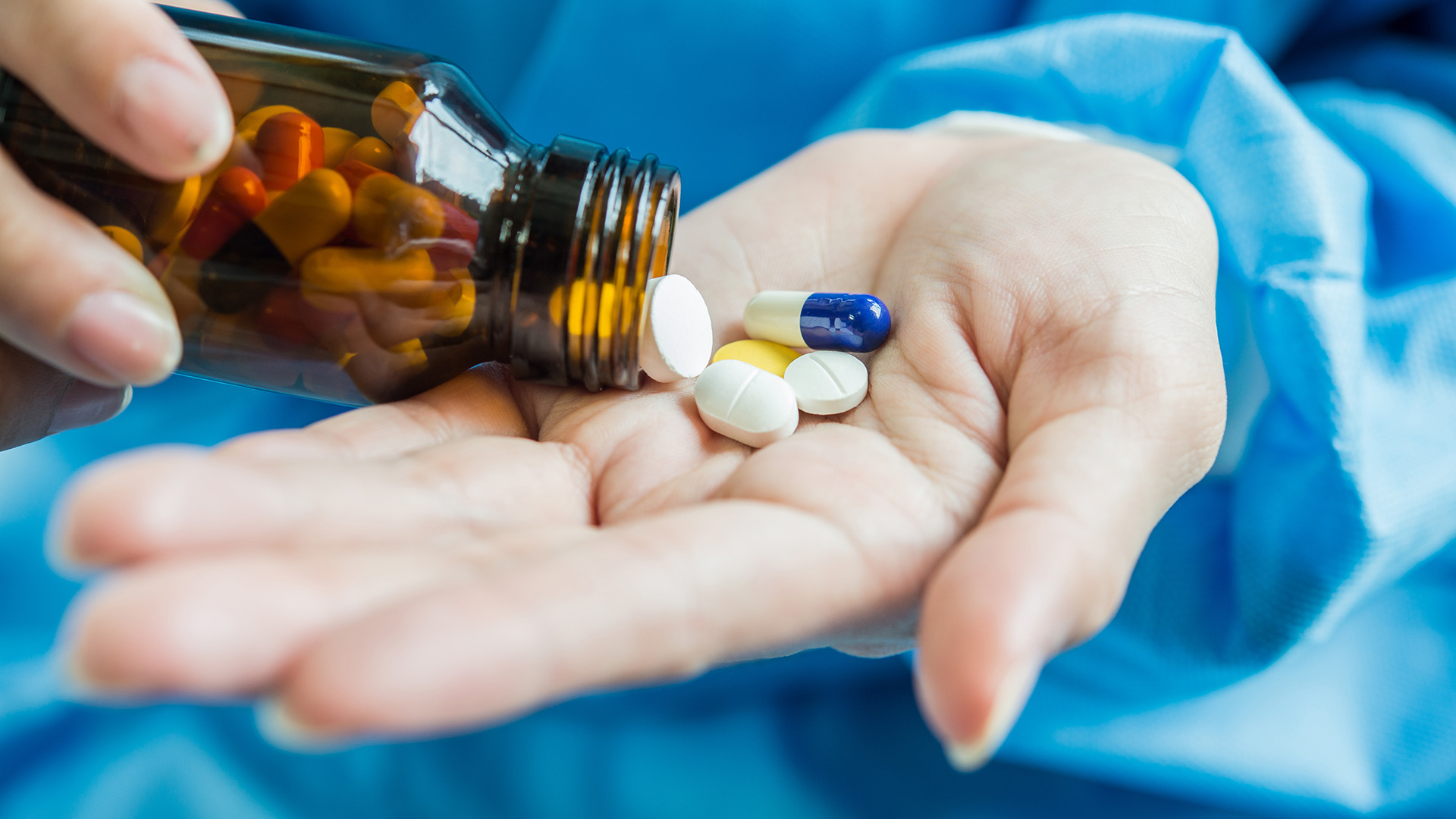Counterfeiting in the pharmaceutical industry: What price do individuals, society and the world economy pay?
In the context of a global pandemic, and with the aim of providing valuable information on the importance of intellectual property (IP) in the pharmaceutical industry, IP Key LA held an online event focused on the fight against counterfeit medicines on the basis of IP rights, highlighting the danger that counterfeit medicines pose to public health.
With more than 400 spectators, opening remarks by the Chargé d’Affaires of the Delegation of the European Union to Mexico, Jean-Pierre Bou, and experts from the European Union Intellectual Property Office (EUIPO), the Mexican Association of Pharmaceutical Research Industries (AMIIF), B.C. and the well-known pharmaceutical company, SANOFI, the event placed strong emphasis on the impact that counterfeit drugs have on individuals and society, but also demonstrated the role that IP rights play in protecting research, innovation and the distribution of the pharmaceutical industry, which ultimately impacts the lives of all individuals.
Nestor Martínez-Aguado from the EUIPO said that ‘the phenomenon of counterfeiting is alarming because of the global dimension. As we prepared the study of the counterfeiting route, we saw that it is a round-the-world journey: from the countries of origin to the transfer routes, counterfeit products go through virtually all countries.’ Futhermore, while almost any brand or product can be counterfeited, whereas 30 or 40 years ago luxury products stood out, today this crime affects any type of industry, from electronics and medicines to food and beverages.
Carolina Arias, also from the EUIPO, focused specifically on the pharmaceutical industry: ‘The medical sector is an IP-intensive sector, not only for patents, but for trade mark registration.’ She also explained that the scale of trade in counterfeit medicines is global, ‘trade routes are complex and specific to each region and product ... Counterfeiting comes from the same countries that produce legitimate medicines and the main destinations are African countries, Europe and the US’, while some free trade zones are used for transit, distribution and repackaging.
When asked which medicines were most frequently counterfeited, the EUIPO experts highlighted: antibiotics (35 %); lifestyle medications - erectile dysfunction - (17 %); painkillers (12 %). In addition, medicines against diseases such as malaria, AIDS or cancer have been found.
In his speech, Fernando Portugal, Director of Intellectual Property at AMIIF, explained that the effect of counterfeit medicines is extremely harmful, as they put health at risk. Therefore, in all the international treaties that Mexico has signed, this crime is contemplated, from the perspective of precautionary measures, damage system and the destruction of products infringing IP rights. ‘Having an effective IP enforcement system helps ensure that there are no more injuries to the economy,’ he emphasised. Portugal also highlighted the usefulness of the coordinated and joint work of the different regions of Latin America in the fight against the crime of counterfeiting.
Nery Ayala, Director of Security and HSE at SANOFI, presented real cases that showed the effort required to bring necessary medicines to users, to ensure that they consumed authentic products and did not jeopardise their health. He also presented comparative images of the original and counterfeit products, to highlight the extent to which criminals can make the packaging and overall appearance similar.
The event’s general conclusion was that, even though criminal organisations appear to be always one step ahead, international cooperation, exchange of information and intelligence and coordinated work are key in the fight against counterfeit medicines.
